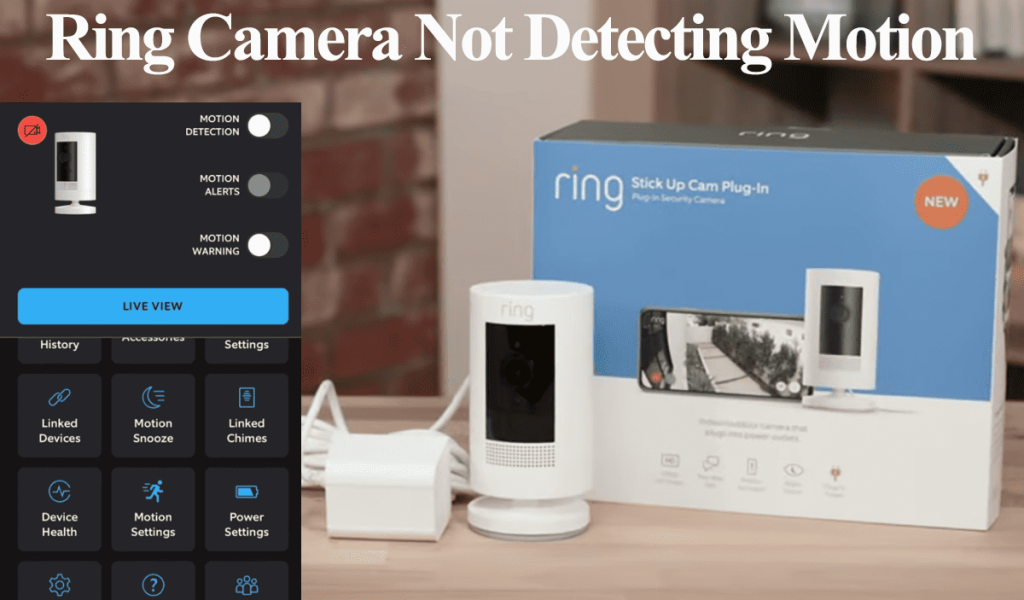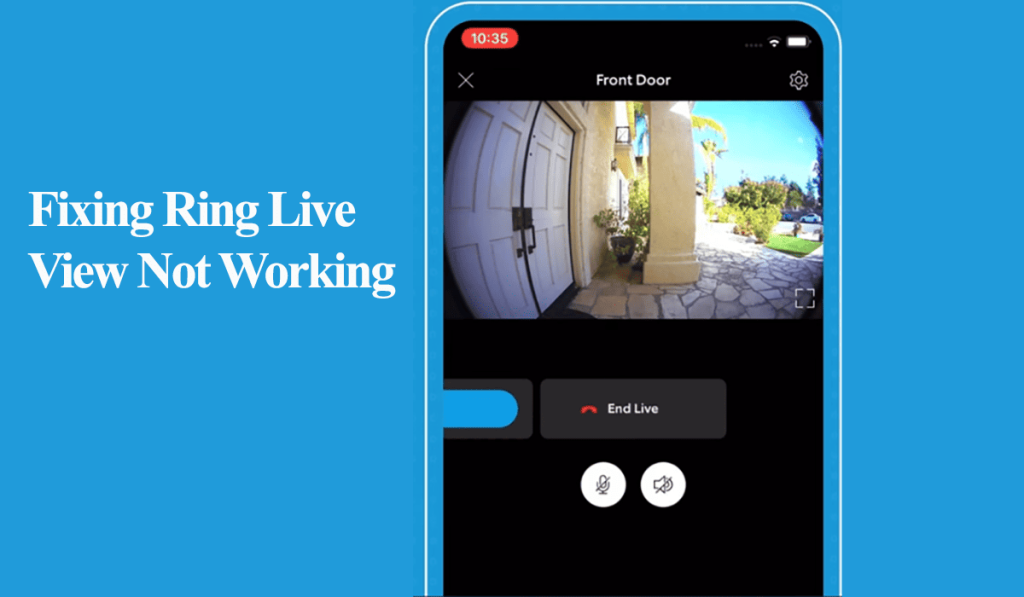What does the signal strength RSSI value under your Ring device network settings mean? Ring uses an RSSI number to measure how strong or poor your Wi-Fi connection is. So, what is Ring’s RSSI, and how does it affect your device’s performance?
RSSI, the Received Signal Strength Indicator, is a metric used to measure the strength of the wireless signal between a device and its network.
For Ring devices, RSSI plays a vital role in establishing stable communication between the device and the Ring cloud service. It is a crucial signal quality indicator, affecting video streaming, real-time notifications, and overall performance.
A poor network connection indicated by red or amber RSSI value can result in video buffering, delayed notifications, and unreliable connections.
I’ll walk you through the best practices to improve your RSSI number streamlining your Ring experience.
What Is a Good RSSI for Ring?
Ring devices require a robust and reliable network connection for optimal performance and to stay in sync with the cloud servers. The ideal RSSI value would be anything greater than -50. Practically, anything greater than -60, usually displayed in green, indicates your device receives a sufficient signal.
A strong network connection is the basis of the device’s performance. However, other factors like firmware files, server outages, the Ring app, etc., affect functionality. You could still experience problems with a good RSSI value.
An RSSI value closer to 0 indicates good signal strength, while those closer to -100 indicate that the device has a poor signal. The RSSI value occasionally changes due to changes in router load or signal interferences.
| RSSI Value | Meaning and Color |
| -60 to 0 | Good signal strength. Usually indicated in green on the app. |
| -61 to -70 | Weak signal strength. Indicated in amber on the app. You might experience performance lags. |
| -71 to -100 | Poor signal strength. The value is indicated in red on the app. You can barely get any functionality going. |
Although optimal RSSI values may vary slightly, a recommended range for a good RSSI typically falls between -30 dBm and -60 dBm, with values closer to -40 dBm indicating a stronger signal.
The signal strength is enough for the device’s full potential operations to stay in sync, send notifications, load up live view, and record clips.
Conversely, if your ring device has a poor RSSI value, you will experience performance bottlenecks.
Poor RSSI on Ring Devices
If your device is experiencing a poor signal strength, indicated by a red or amber RSSI value, this calls for your efforts to set things right.
To check your RSSI value;
- Open the Ring app
- Select the device on the home screen > hit the Settings icon
- Tap Device Health under the device settings page
- Check the RSSI value on the signal strength row
A poor value confirms that your device is experiencing a poor connection. Here are common reasons for poor RSSI values;
- The device installation point is too far from your primary router – Wi-Fi signals weaken the further you move from the source.
- Network interferences distort your Wi-Fi signal – sources of interference include baby monitors, electronic devices, signal jammers, etc.
- An overcrowded Wi-Fi network – is your router heavily loaded? This affects the bandwidth, and edge devices might have trouble connecting to your network.
- Physical obstructions between your router and device – The router should be placed in an open area; thick walls or an enclosed router reduces the network’s range.
How To Improve the RSSI For Ring Devices?
To improve RSSI for Ring devices, several effective strategies you can implement;
Check your Router Placement
Optimizing the placement of the router plays a vital role. It is recommended to place the router in a centralized location within the home, away from obstructions and interference sources.
This ensures that the network signal is evenly distributed and there are no dead zones.
Additionally, minimizing interference from other devices, such as cordless phones or microwaves, can significantly enhance RSSI.
Removing obstacles like walls, large furniture, or electronic appliances can improve signal quality.
Check The Network Channel and Frequency Band
Moving from a congested network channel to one with less traffic could boost your Wi-Fi signal strength.
Say you live in an apartment with multiple Wi-Fi networks; you probably share your network channel with a few other routers.
Primarily most routers are set to pick the channel automatically. My devices work well on channels 1, 6, or 11 on different routers.
Again, another common cause of poor signal is the select frequency band. Most routers can broadcast 2.4 and 5 GHz Wi-Fi networks, each with caveats.
A 2.4 GHz frequency band offers a wider network range with slower speeds, while 5 GHz bands offer maximum speeds with a narrow network range.
So, if the Ring device is far from your primary router, you are better off connecting to a 2.4 GHz Wi-Fi SSID. Alternatively, you can use the 5 GHz frequency band if the device is close.
Remember that not all Ring devices are compatible with 5 GHz Wi-Fi networks.
To manage your Wi-Fi networks, login into the admin panel and customize your wireless settings appropriately.
Some routers have 5 and 2.4 GHz frequencies on a single SSID; auto-switching between the frequencies could render some of your smart devices offline.
Disable the 5 GHz option if you have many devices compatible with only 2.4 GHz.
Install A Network-Boosting Device
Technology is always evolving every day, and so is networking technology.
If you are generally experiencing a poor signal on the installation spot or dead Wi-Fi zones in your home, it is time to upgrade your equipment.
I recommend purchasing a Ring chime pro that integrates with your existing Wi-Fi network and acts as a Wi-Fi extender to boost your network.
The Ring Chime Pro is one of the many devices available; there is a whole list of Wi-Fi extenders in the market.
Alternatively, you can upgrade your router. Say you have traditional routers; upgrading to a new Mesh topology network will ultimately boost your network coverage.
Mesh networks have several access points you can conveniently spread with your house. In case of a dead zone, you can easily purchase an additional point.
Final Thoughts
Understanding and achieving a good RSSI is paramount for optimizing Ring device performance.
With a good signal strength, you can enjoy uninterrupted video streaming, timely notifications, and seamless connectivity with your Ring devices.
Remember, a strong RSSI empowers Ring devices to provide the utmost security and peace of mind, creating a safe environment for you and your loved ones.



